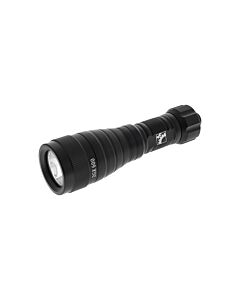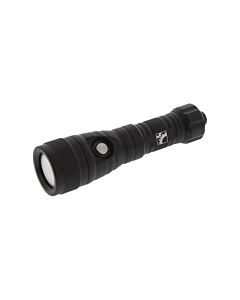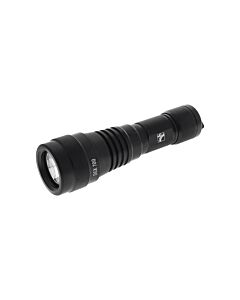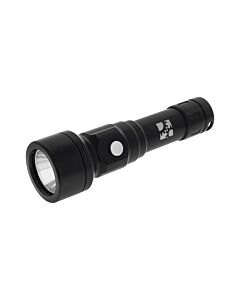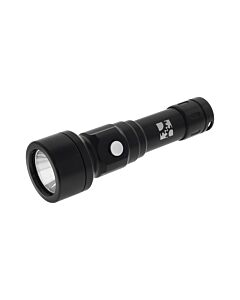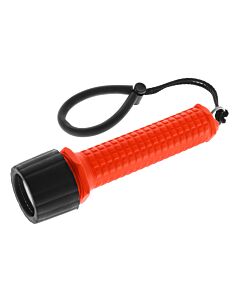Secondary Dive Lights
Diving LED Lights from Apeks, DGX, Dive Rite, Kraken and Mares XR. Brighter than previous generation canister lights, these are top quality handhelds for demanding sport diving applications. Most are excellent choices as secondary backups and in some cases even a primary for shorter technical dives.
-
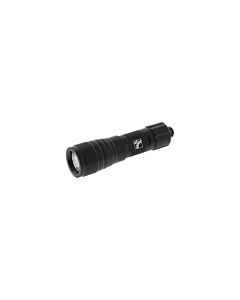 DGX Gears 300 Mini Light$49.00
DGX Gears 300 Mini Light$49.00 -
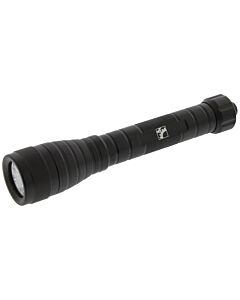 DGX Gears 800 Handheld Light$79.00
DGX Gears 800 Handheld Light$79.00 -
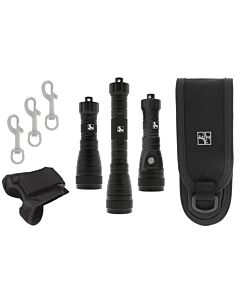 DGX Gears Light Package$219.00
DGX Gears Light Package$219.00 -
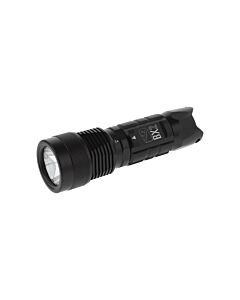 Dive Rite BX2 Handheld Light Kit$109.00
Dive Rite BX2 Handheld Light Kit$109.00 -
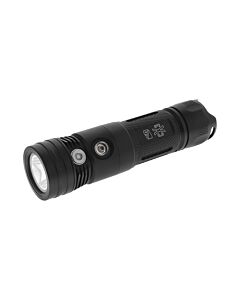 Dive Rite CX3 Handheld Light Kit$179.00
Dive Rite CX3 Handheld Light Kit$179.00 -
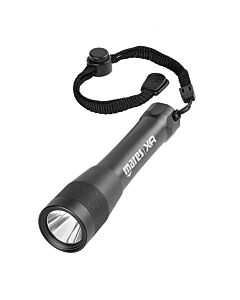 Mares XR Back Up Light$175.95
Mares XR Back Up Light$175.95 -
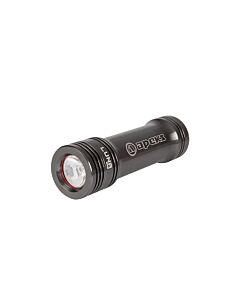 Apeks Luna MINI Light$349.00
Apeks Luna MINI Light$349.00 -
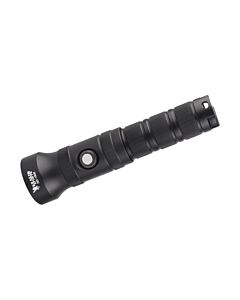 Kraken NR-1800 Black$149.00
Kraken NR-1800 Black$149.00
How to use a twist-on handheld dive light or strobe
Before diving with a new twist on handheld, learn how to properly operate your light or strobe so you don't flood it. While it might appear obvious how to turn the light or strobe on, getting confused or uncertain about what direction to twist is the most common reason for floods.
- Properly insert the batteries in to the body or in some cases in to a carrier that is then inserted in to the body. Pay attention to the markings. Most batteries load with the positive end pointing toward the light head but a few designs load with the positive end pointing away from the light head. If there is more than one battery and especially if there is a carrier, double check to make sure all batteries are oriented correctly - many carrier designs have one battery that is oriented opposite from all the others. Most lights ship with a small adhesive plastic cover on the end to prevent activation during shipping, if so remove and discard. Failing to properly load batteries is the most common explanation for seemingly "dead-on-arrival" lights.
- Hold the light head steady in one hand, then use the other hand to turn the body so that it screws in toward the head to activate. For most designs the motion of twisting the body will be clockwise, but a few designs are counter clockwise. Continue twisting the light body until the body just stops against the head and the light is on. Tighter is not better; it is the O-ring that makes the seal. Particularly for lights or strobes with a plastic body or head, over-tightening the two parts together can warp the sealing surfaces and cause a flood.
- Turn the light off by reversing the direction of the activation motion at least one-half revolution and typically NO MORE THAN ONE FULL REVOLUTION. However, make at least one-half revolution past where the light does go off because just backing off slightly can cause the light to turn back on by itself when descending. Dry practice turning the light on and off several times by holding the light head steady in one hand while turning ONLY the body in the other hand. It's also a good idea to switch the hands holding the head and body to become familiar with these motions regardless of how the light is being held.
- Each time before entering the water with the light, practice once more as a reminder of the twist motion and to verify the light is working. Make it a habit to do this while looking closely at the twist motion. Skipping this check is how floods often happen: the light hasn't been checked and the batteries are dead or inserted incorrectly. Once underwater, if the light does not come on when twisting it no more than one full revolution, then STOP twisting. If you are turning the wrong direction then continuing to twist will take only one or two more revolutions before breaking the O-ring seal and causing a flood.
- Do not store any handheld light or strobe for extended periods with batteries remaining inside the device. This is especially true for alkaline chemistry batteries that can leak. If your dive light uses rechargeable batteries, then please read Care and Feeding of Lithium Chemistry Rechargeable Batteries.
